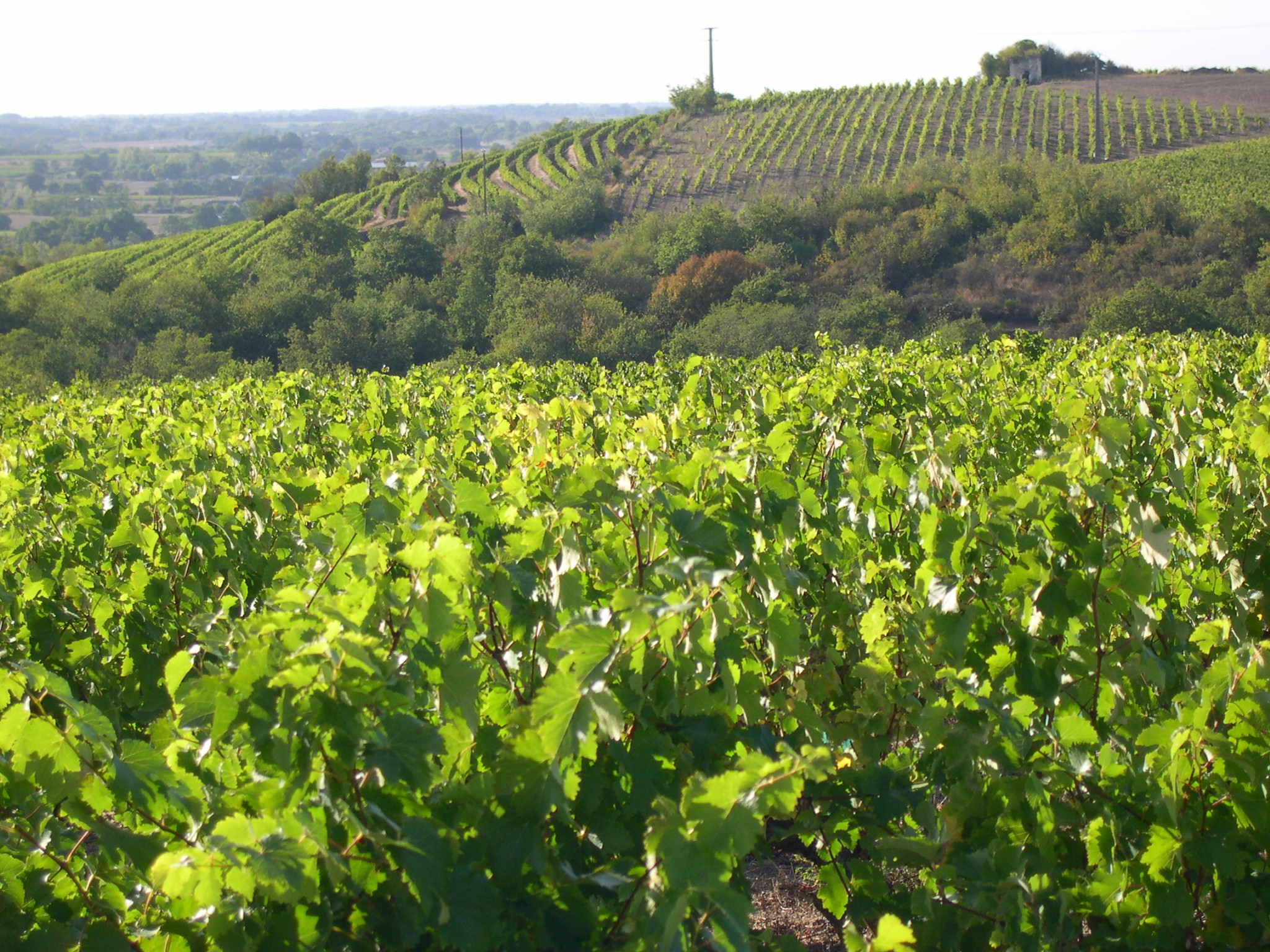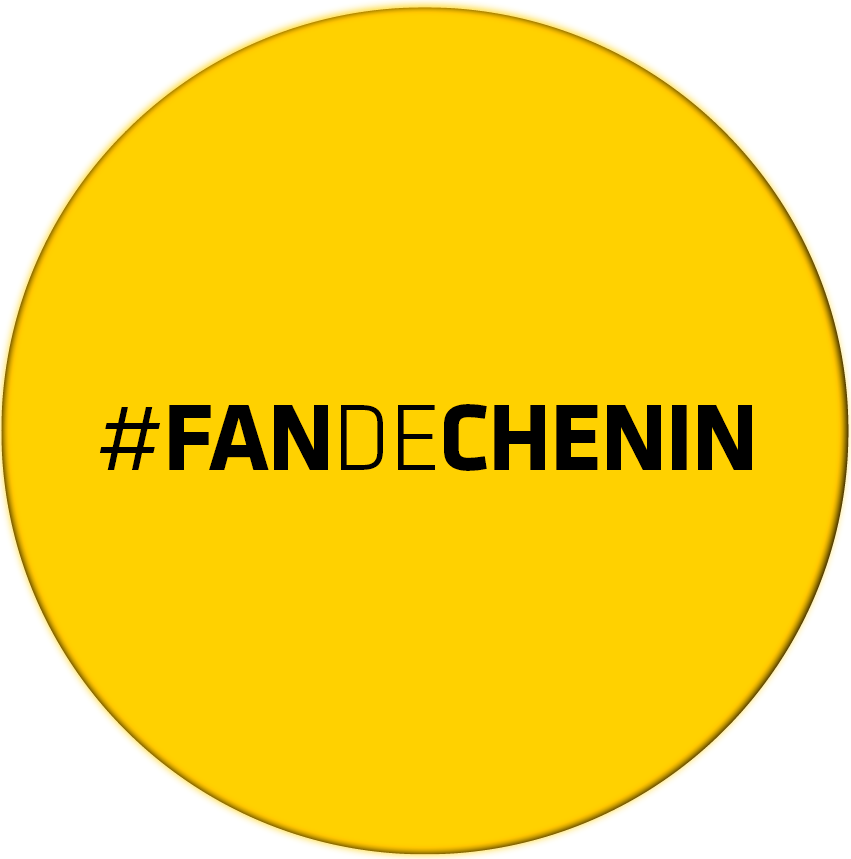
Bonnezeaux
Terroir and Climate
South of the Loire River, 20 km from Angers, the designated area, spanning 80 hectares, is located in a small part of a single commune on the right bank of the Layon River: Thouarcé.
The appellation extends over the steep slopes of its hills: "Les Melleresses," "Beauregard," "La Montagne," "Les Hauts Fleuris," and "Fesles." North of these three designated hills is a slightly undulating plateau with an average altitude of 90 meters, while the Layon River flows at an altitude of 29 meters.
The soils of this appellation consist of schistose sandstone from St. Georges with veins of quartz and phthanites.
The south and southwest exposure, along with the presence of morning mists rising from the Layon, promote grape over-ripening and the development of "noble rot." The climate of the Bonnezeaux appellation is influenced by mesoclimate conditions (microclimate in which Mediterranean vegetation grows), allowing for grape over-ripening and botrytization.
History
The name Bonnezeaux could have several origins. It might come from ferruginous mineral springs that have been appreciated by spa-goers since antiquity, or it could have Celtic origins. In fact, names like Burniselus, Bonnezel, or Bonnazel have been known since the 11th century.
According to legend, it was in 371 that Saint Martin, the Bishop of Tours, planted the first Chenin Blanc vine in Anjou. Since then, this grape variety has remained in Anjou and is the source of Bonnezeaux wines. The earliest written record of Bonnezeaux wines dates back to 1055. This record, preserved at Château de Fesles, was found in a document written by the Monks of Gué du Berge.
During the Middle Ages, the Plantagenets sent Bonnezeaux wines to the finest tables of the English, German, and Dutch courts.
After suffering like the rest of the Angevin vineyards from phylloxera in the late 19th century, Bonnezeaux wines reappeared on international markets in the early 20th century.
However, it wasn't until years later, on November 6, 1951, that the controlled designation of origin "Bonnezeaux" was officially recognized by decree.
In 1990, the appellation continued to make headlines as the renowned pastry chef Gaston Lenôtre was drawn to Bonnezeaux, eventually acquiring a property within the appellation's area.
Another iconic figure of this appellation was René Renou, a former vineyard owner in Thouarcé, who, during his presidency of INAO, elevated the appellation to the ranks of great French wines.
In 2002, a 1996 Bonnezeaux wine won the title of "Best Sweet Wine in the World" at the Concours Mondial de Bruxelles.
Wines and Food Pairing
Derived from an exceptional terroir, BONNEZEAUX showcases a balance between sweetness and liveliness. Nestled in the heart of the Layon Valley, it offers a personality of great richness and ranks among the prestigious AOCs (Appellations d'Origine Contrôlée) of sweet white wines.
Slowly fermented, Bonnezeaux wines are either sweet or liqueur-like. Their golden hue becomes increasingly luscious with coppery reflections as the years go by. The bouquet of Bonnezeaux wines evolves from notes of fruit and citrus, acacia, verbena, and orange peel, eventually reaching an extraordinary aromatic complexity, blending echoes of very ripe quince, cooked apricot, caramel, and exotic fruits. Its taste is powerful and opulent. With time, it reaches its peak, gaining honeyed notes and candied fruits. Few wines exhibit such a remarkable ability to mature in the cellar.
Key characteristics of tasting Bonnezeaux:
• Color: deep, golden yellow, with copper reflections over the years
• Nose: aromas of acacia, verbena, orange peel, candied fruits (apricot, quince), caramel, exotic fruits, spices
• Palate: powerful, opulent, round, ample, balanced by a touch of liveliness
Bonnezeaux wines should be served between 8°C and 10°C. These wines can be cellared for a minimum of 10 years, or even a century for exceptional vintages. They can be enjoyed as an aperitif, paired with dishes featuring foie gras, or as an accompaniment to starters like pan-seared foie gras. They complement blue-veined cheeses like Fourme d'Ambert and fruity desserts made with pear and almonds or frangipane.
